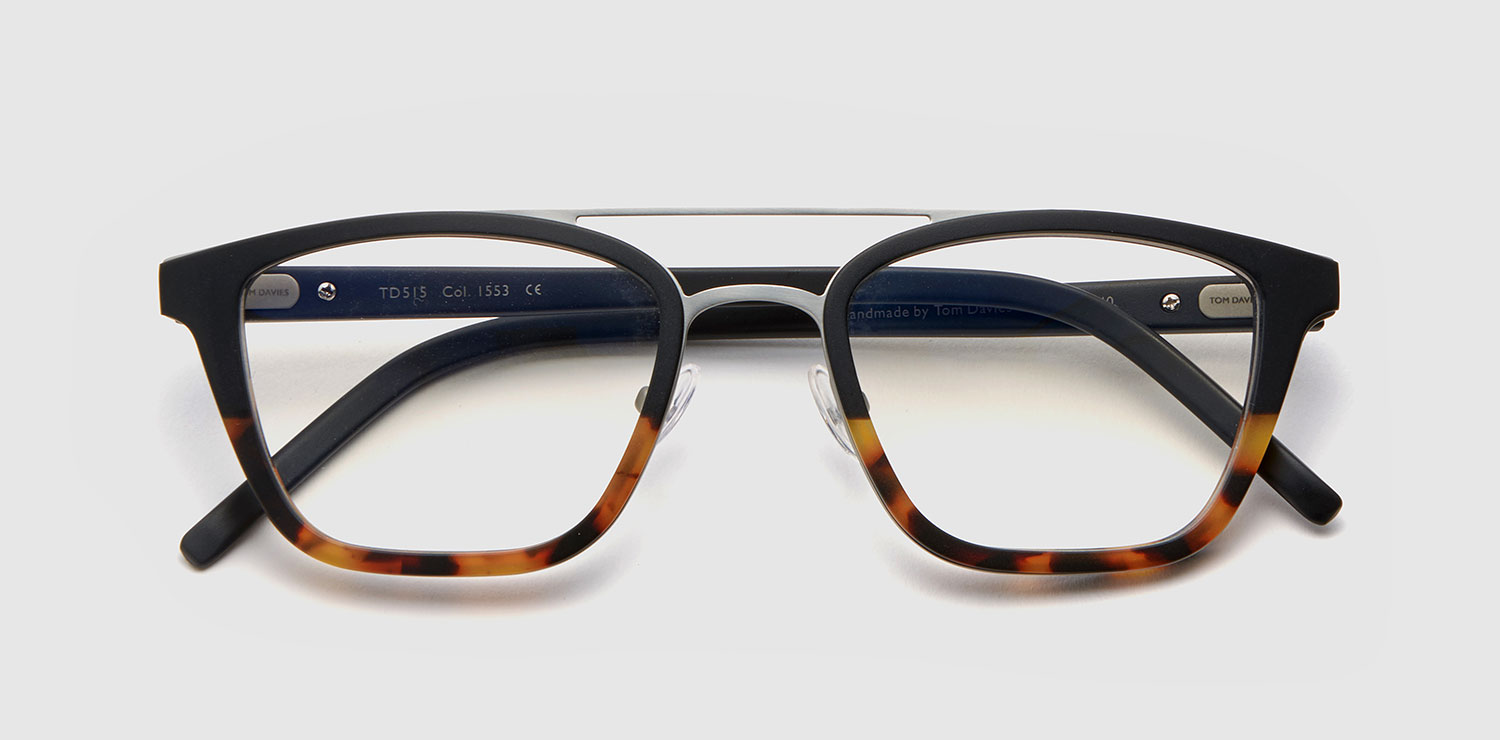We are STILL OPEN for business ..! Following guidelines from the government, health bodies and for the safety of staff and patients, the practice will be closed temporarily except for emergency eye appointments. The team – Arif, Krish and Deepali are all available by phone and email continuously to help you with any enquiry. You can still purchase contact lenses, glasses and sunglasses from us – and we will deliver straight to your home. Just give us a call and remember – we guarantee the very best price for you. So please support us in these challenging times and get your optical products direct from us. Thank you.
New findings confirm earlier concerns that “exposure to an intense and powerful [LED] light is ‘photo-toxic’ and can lead to irreversible loss of retinal cells and diminished sharpness of vision,” the French Agency for Food, Environmental and Occupational Health & Safety (ANSES) warned in a statement.
The agency recommended in a 400-page report that the maximum limit for acute exposure be revised, even if such levels are rarely met in home or work environments.
The report distinguished between acute exposure of high-intensity LED light, and “chronic exposure” to lower intensity sources.
While less dangerous, even chronic exposure can “accelerate the ageing of retinal tissue, contributing to a decline in visual acuity and certain degenerative diseases such as age-related macular degeneration,” the agency concluded.
Long-lasting, energy efficient and inexpensive, light-emitting diode (LED) technology has gobbled up half of the general lighting market in a decade, and will top 60 percent by the end of next year, according to industry projections.
The basic technology for producing a white light combines a short wavelength LED such as blue or ultraviolet with a yellow phosphor coating. The whiter or “colder” the light, the greater the proportion of blue in the spectrum.
– Circadian rhythm –
LEDs are used for home and street lighting, as well as in offices and industry.
That are also increasingly found in auto headlights, torches (flashlights) and some toys.
LED cellphone, tablet and laptop screens do not pose a risk of eye damage because their luminosity is very low compared to other types of lighting, Francine Behar-Cohen, an ophthalmologist and head of the expert group that conducted the review, told journalists.
But these back-lit devices — especially when they are used at night or in a dark setting — can “disturb biological rhythms, and thus sleep patterns,” the agency cautioned.
Because the crystalline lens in their eyes are not fully formed, children and adolescents are particularly susceptible to such disruptions, the ANSES reports noted.
Interfering with the body’s circadian rhythm is also known to aggravate metabolic disorders such a diabetes, as well as cardiovascular disease and some forms of cancer, noted Dina Attia, a researcher and project manager at ANSES.
You can find out more of the care provided by Eye Contact here: http://www.eye-contact.co.uk/glasses/lenses/








